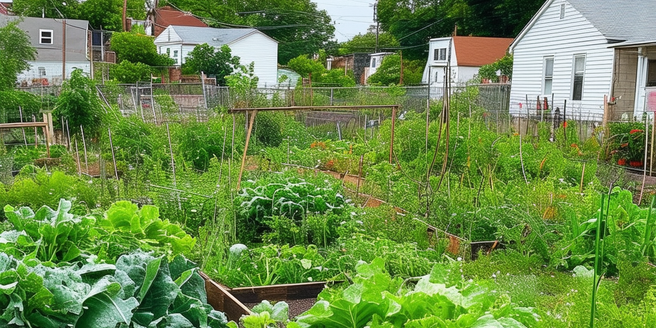Understanding the Concept of Food Insecurity
Food insecurity, an issue denoting deprivation of access to sufficient, nutritious, and culturally appropriate food, is often associated with sociodemographic factors. This extends beyond hunger and intersects with various aspects of human life. Food insecurity correlates closely with socioeconomic status, with households of lower income facing significant challenges in securing adequate nourishment. Limited income often restricts access to balanced meals, making the provision of a variety of wholesome food a distant dream.
Furthermore, the inability to procure adequate food often leads to malnutrition and chronic hunger. These conditions, far from simply immediate, have extensive negative repercussions on an individual’s physical and emotional health and society at large. For instance, chronic hunger can cause growth retardation in children, decrease adult productivity, and indirectly inhibit societal growth.
Consequently, food insecurity symbolizes communities hungry for systemic change, equity, and social justice, and not just meal-deprived households. It is crucial to address the root causes such as poverty, unemployment, and systemic inequality, to mitigate food insecurity and foster a healthier society. Understanding food insecurity requires a closer look at these underlying causes to reshape narratives around hunger and nutrition effectively.
Widespread Impacts and Consequences of Food Insecurity
Food insecurity’s consequences are far-reaching and multidimensional, extending beyond direct health impacts to societal distress, disruption to economic stability, and a downturn in productivity, particularly for economically disadvantaged communities. It places significant socio-economic strain on entire communities and inflates public health expenditure due to higher healthcare costs related to poor nutrition. Children are particularly vulnerable to food insecurity, as it can lead to developmental issues, learning difficulties, poor academic performance, and behavioral problems – preventing them from reaching their full potential. The issue of food insecurity inherently perpetuates a debilitating cycle of malnutrition and generational poverty, witnessed within households often mired in deprivation and lack, thereby exacerbating societal hunger and poverty issues.
The Role of Welfare Programs in Mitigating Food Insecurity
Welfare programs mitigate food insecurity by providing income supplementation and fulfilling basic needs like nutritional aid, healthcare, and housing. They serve as safety nets, preventing many from descending into poverty and hunger due to unforeseen financial distress or entrenched socio-economic issues, ensuring everyone has food access. Prominent among these programs are the Supplemental Nutrition Assistance Program (SNAP) and the program for Women, Infants, and Children (WIC). SNAP aids low-income individuals and their families by issuing benefits for food, while WIC ensures women, infants, and children have nutritious food and healthcare access. These two programs have effectively promoted food security and human welfare.
Effective Strategies to Enhance Welfare Assistance
To greatly enhance welfare assistance programs, the planning process should focus on extending program outreach, simplifying enrollment for potential beneficiaries, and establishing mechanisms to accommodate the distinct needs of diverse communities. For example, mobile food pantries can effectively address food shortages in areas that traditional food banks poorly serve, significantly benefiting residents facing geographical or logistical challenges.
Digital platforms like online applications can vastly streamline the application process for welfare benefits, allowing those in need to overcome geographical and time constraints. Similarly, providing resources compliant with cultural sensitivity, such as catering to dietary restrictions or ethnic preferences, paves the way for more effective resource delivery and fosters a sense of respect and inclusion within the community.
In conclusion, a comprehensive welfare strategy focused on improved outreach, simplified enrolment, and community-specific accommodations will ensure that everyone needing assistance can access it, while acknowledging their unique needs and values.
Case Studies: Successful Implementation of Welfare for Food Security
Case studies have shown the successful implementation of welfare programs that enhance food security significantly. For example, the Food Bank For New York City provides free food, essential information, and a steady support system to over 1.5 million people annually. On the West Coast, Food Lifeline in Seattle is engaged in delivering vital food supplies to locals in desperate need, utilizing innovative strategies to reach those unable to access regular food banks due to socioeconomic factors. These examples underscore the massive impact of robust welfare programs in tackling food insecurity, demonstrating their potential to significantly boost food security across different regions of the US.



